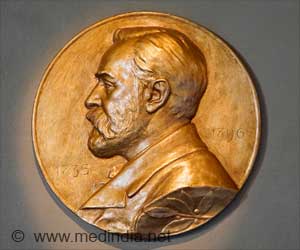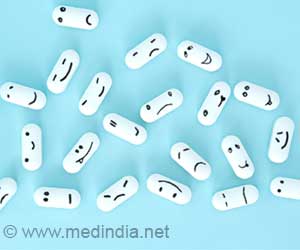Employing gene transfer methods initiated by University of Florida faculty, Taiwanese doctors have restored some mobility in four children confined to bed with a rare, critical neurological disease.

The children in the study, who ranged in age from 4 to 6, inherited a rare disease known as aromatic L-amino acid decarboxylase deficiency, or AADC. Patients with AADC are born without an enzyme that enables the brain to produce the neurotransmitter dopamine. They generally die in early childhood.
In a phase 1 clinical trial led by Paul Wuh-Liang Hwu, M.D., of the National Taiwan University Hospital, surgeons used a delivery vehicle called an adeno-associated virus type 2 vector to transport the AADC gene into localized areas of the brains of three girls and a boy.
Before therapy, the children showed practically no spontaneous movement and their upper eyelids continually drooped. After receiving the corrective gene, the children gradually gained some head movement. Sixteen months afterward, the children's weight had increased, one patient was able to stand and the other three were able to sit up without support.
The study shows gene therapy that targets AADC deficiency is well-tolerated and leads to improved motor development and function, according to co-authors Barry Byrne, M.D., Ph.D., director of UF's Powell Gene Therapy Center, and Richard O. Snyder, Ph.D., director of UF's Center of Excellence for Regenerative Health Biotechnology. Both are members of the UF Genetics Institute.
"The children in this study have the most severe form of inherited movement disorder known, and the only treatments so far have been supportive ones," said Byrne, a pediatric cardiologist and associate chairman of the department of pediatrics in the College of Medicine. "It is gratifying to see it is possible to do something to help them, other than providing feeding tubes and keeping them safe. This absolutely opens the door to the possibility of even earlier treatment of neurological diseases by direct gene transfer, and has implications for Parkinson's disease, ALS and even cognitive diseases such as dementia when caused by gene defects."
Advertisement
"We are ecstatic that we manufactured a product that provided therapeutic benefit to these patients," said Snyder, an associate professor in UF's department of molecular genetics and microbiology. "What really makes it special is there are just a handful of examples of gene therapy in children in the world, and these patients all improved."
Advertisement
Postoperative CT and MRI scans of the patients showed no evidence of bleeding and all four patients were discharged within a week. Three to six months after gene transfer, all the children had gained weight, including one patient who doubled her weight within a year.
Before gene therapy, all patients showed low raw scores in cognition and motor development on a scale called the Comprehensive Developmental Inventory for Infants and Toddlers. Afterward, scores in both areas increased.Parents reported the children also slept better and had improved eye coordination, emotional stability and body temperature stability.
Eight additional children — four in Taiwan and four in the United States — are expected to receive the experimental treatment, Byrne said.
Source-Eurekalert















